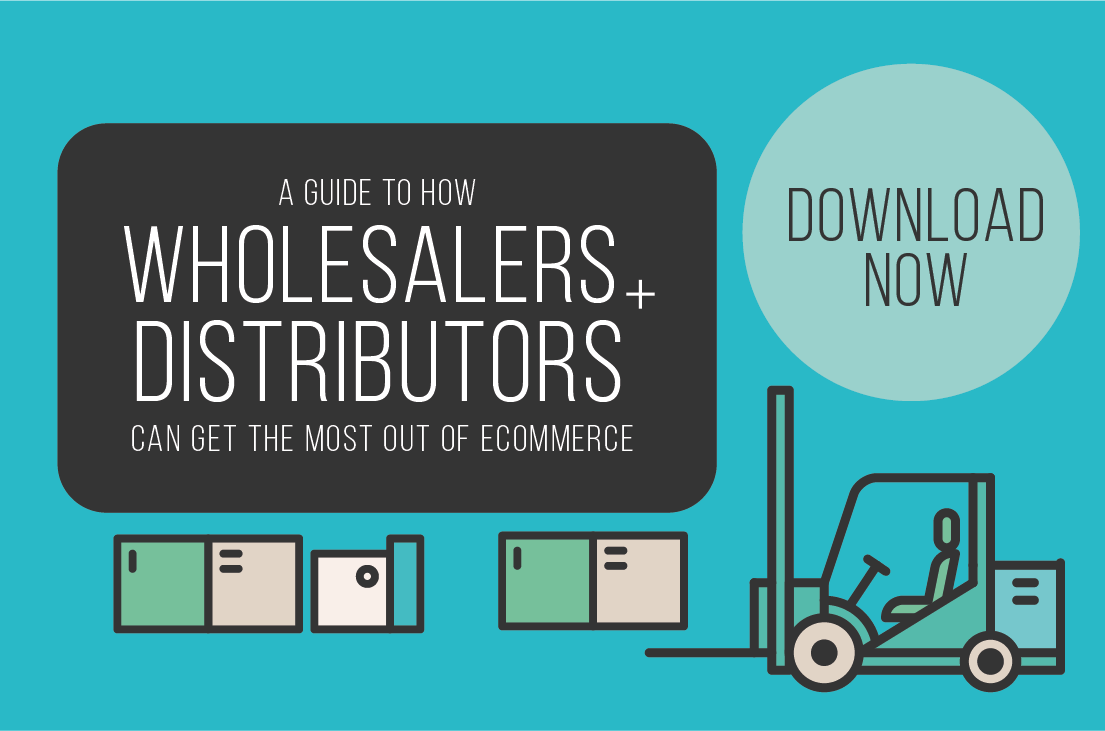Keeping up with customer expectations in an increasingly crowded market is difficult to say the least. As technology continues to add convenience to our lives, streamlining once manual tasks and giving us new ways to interact, learn and shop – we, as modern consumers, have grown ever more demanding.
This has been particularly prevalent in the B2C space but is now making its way into the B2B sector. Online B2B retail is at an inflection point and is set to outgrow the B2C market by 2025 (Frost & Sullivan). Today’s business buyers now expect the same seamless shopping experience when buying from B2B companies as they do when shopping as consumers and are quickly becoming reliant upon eCommerce to locate and purchase the products and services they need efficiently.
Earlier in the year, we hosted a roundtable discussion with our partner SAP, on the state of the industry, the opportunities and challenges faced by companies within this sector, and what the future might look like in this space. The event was attended by industry experts within the sector, who shared their real-life experiences and personal insights into the current market.
We’ve captured the main talking points and insights in our whitepaper ‘How Wholesalers & Distributors can get the Most out of eCommerce’.
Here is a summary of the topics which are discussed further in depth in the whitepaper:
Key opportunities
The wholesale and distribution sector has a lot to gain from investing in eCommerce capabilities, providing a real opportunity to make significant leaps in business growth. As pressure mounts on wholesalers to differentiate themselves in this crowded market, wholesalers need to adopt strategies that incorporate best practices from their B2C counterparts.
This is not easy. Whilst B2C focuses on providing a rich and engaging customer experience, the focus of B2B eCommerce must predominately be placed on functionality and making online purchases easy. A well-thought-out and functional eCommerce platform can address the challenges faced by wholesalers which include a large breadth of product offering, complexities around contract-based pricing, and the need to efficiently support customers with their purchase workflows.
One opportunity highlighted by attendees was the ability to provide a streamlined sales process. The move to digital provides endless data about customers that should be used by wholesalers to improve the customer service and provide sales teams with more information than ever before.
Common pitfalls and challenges
Despite the clear benefits, there are several challenges to overcome and many barriers to adoption in place. It is fair to say that making the move online can be extremely daunting for an industry built upon human interaction and face-to-face sales.
Attendees all agreed that the move to digital was a necessary one, but threw caution to doing so without a clear strategy in place. It is important to understand that an eCommerce platform isn’t a one stop shop to success and requires constant attention.
But what is clear, is the way the industry is evolving, any fears of moving online must be placed to one side and eCommerce embraced, otherwise companies will soon be left lagging behind the competition.
What’s holding companies back?
Although it is clear that the transition is necessary, the discussion raised a number of obstacles wholesalers must get over. The sector is seen as slightly stuck in its ways, with fear among senior leaders and pushback from an analogue sales team providing hindrances.
With senior leaders in the sector quite old-school, it can be difficult to convince them that taking out a sales team to fund a digital offering is necessary. Attendees were hopeful that this problem will naturally phase out as new blood enters the boardroom and bring with them new methods.
The race to digital has also created a skills gap within the sector, especially compared with those companies operating in the B2C space. While this gap is understandable, it is also completely avoidable. Businesses facing this skills gap should look at working with third-party partners that have the knowledge and expertise that a company may be lacking in-house.
Embracing the opportunities
The modern customer is worlds away from the customer of the past and constantly changing, in just a few years the sector’s average customer will be a digital native expecting to do their business online seamlessly. This changing landscape understandably intimidates traditional players, but our attendees were quick to point out that this provides the B2B sector an opportunity to catch up with B2C counterparts.
It is a pivotal time for the industry and with any transformation like this, there will be winners and losers. To be successful, you must get ahead of the competition, understand the landscape and identify the partners that will help you to navigate and flourish.
Download a copy of ‘How Wholesalers & Distributors can get get the most out of eCommerce’.


